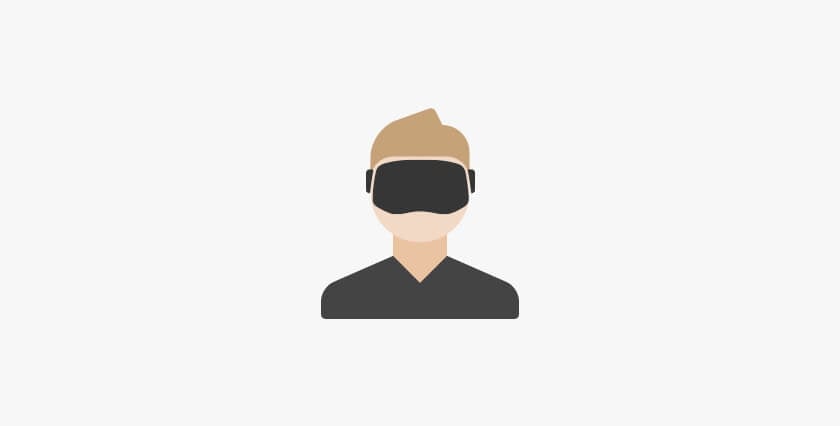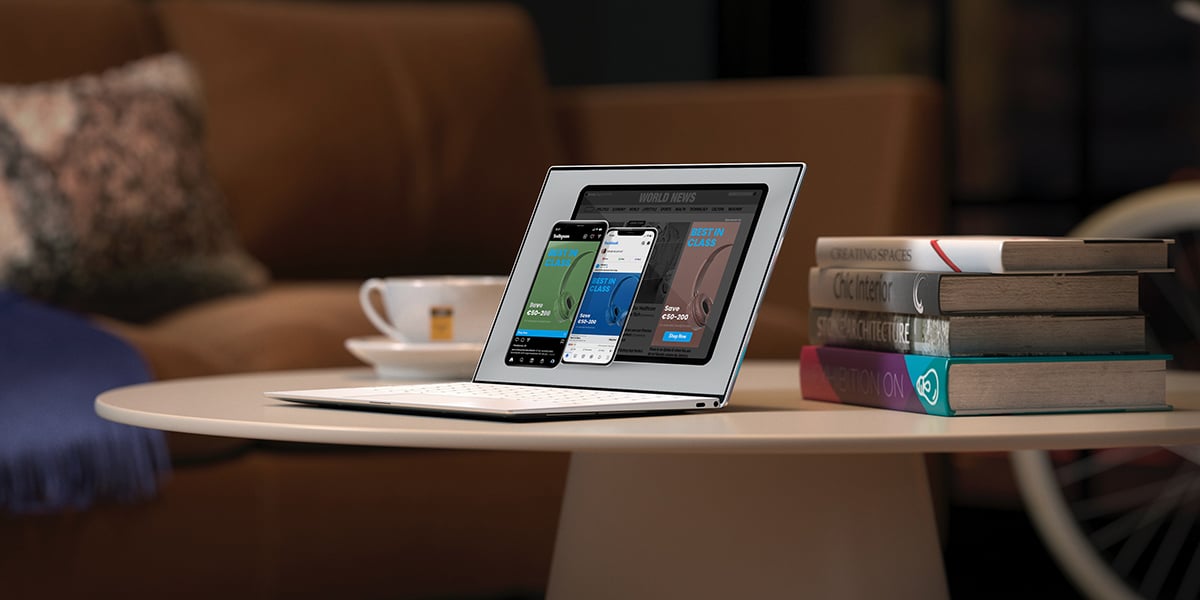Looking at the Advertising Technology Trends for 2017, it can feel like we’re on the verge of not just one special, mind-blowing development, but a whole bunch of them. In 2016, we saw the continued rise of programmatic, as well as innovations on new tech like Augmented Reality and Virtual Reality. This year, things look set to get even more advanced and innovative, while also making things easier and more efficient for advertisers.
1. Programmatic B2B
Programmatic spend has been increasing rapidly since the tech caught up with the idea, and it shows no signs of slowing down. In 2016, it made up two thirds of all digital ad spending in the US, with over $22 billion spent on programmatic purchases. Arguably, this makes it more of a trend for 2016, right? Well, not in terms of business to business (B2B) advertising.
A majority of programmatic ad buys have been in the business to consumer (B2C) sector, and that’s where most of the success has been seen. B2B companies have had more of a hard time, as they’ve made purchases using programmatic, but haven’t seen the same levels of engagement or the same return on investment (ROI).
The reasons for this are far from conclusive, but generally speaking the B2B space involves more complex, niche products.
This means the message is more complicated, and the target audience is smaller, so ad space purchased through programmatic might struggle to reach the most relevant users. As the tech continues to evolve though, as well as increases in knowledge, this is set to change.
Although slower than with B2C, programmatic spend on B2B marketing is still steadily increasing. Also, targeting is now more sophisticated than ever, so advertisers can be more certain that the ads are being seen by the right people.
Companies are also using it in different ways – complementing their other ad campaigns and content strategies, rather than running them alone and expecting them to convert. This not only raises brand awareness but helps move potential customers further down the sales funnel. Expect to see more businesses building great, innovative programmatic strategies in 2017.

2. Chatbots and Artificial Intelligence
We spoke briefly about chatbots in our Ad Trends 2017 article, but as they’re tied so close to artificial intelligence (AI), they’re worth mentioning again. More and more websites are using bots, and they’re getting more advanced, more human, every day.
It’s getting to the point where it’s difficult to tell where the bot ends, and the human begins, which is massively impressive. Scary as well, obviously. After all, the robots are taking our jobs (I don’t actually think this. But there are people, real people, who do. Maybe AI is the way forward).
These bots help the companies learn more about their customers too. Not only with the kind of questions they ask, but also their buying habits, their preferred way of communicating, and more info about the demographic they belong to. This, in turn, helps companies to modify and tailor their offerings, and ultimately increase revenue.
This is only one use of AI though. There are so, so many others, and going into 2017, this will only increase. Every time you get a product recommendation? That’s a form of AI. Targeted ads? AI. Language recognition on your phone? Yes, once again, AI. It’s everywhere, and it’s expanding.
Machine learning and AI will be responsible for huge leaps in the sophistication of advertising technology going into 2017. It will facilitate more relevant targeting, and measure and optimise engagement based on user behaviour. It will be able to help predict when customer service is likely to be needed, before the customer knows. There are probably thousands of other uses waiting to be discovered too, all it takes is a marketer with a new idea…
3. Augmented Reality
2016 was meant to be the year of Virtual Reality. There was the Oculus Rift, the HTC Vive, the PlayStation VR headset, and all manner of gadgets that would turn your phone into a VR machine. They were all popular to different extents, but in terms of advertising, the tech didn’t really take off.
Instead, it was Augmented Reality (AR) that really started to grab the attention of the public and marketers alike. This is probably down to the fact that it works for everyone with a Smartphone, without the need for expensive glasses (although you can get those too), and the fact the Pokemon GO was released, and an instant hit. It’s been downloaded well over 100 million times, so people are likely using AR without even realising it.
Then we have Snapchat with its filters, which is also a form of AR. So you have hundreds of millions of people having fun with AR, and many of those won’t realise that what they’re doing falls into that tech category. This has got advertisers thinking of how to innovate, and take advantage.
In 2017, you’re likely to see opportunities for AR all over the place, particularly in stores where they look to enhance the shopping experience. So maybe you want to know more about a product, so you scan it with your phone and it tells your more. Or it could be that you want to know how a chair would look in your living room, so you overlay it onto a photo of your own home.
It’ll be interesting to see what advertisers can do with it. The next logical step will be interactive ads overlaid onto the real world, using your smartphone. This could open up a whole new world of creativity, and massively engaging ads, so it’s definitely one part of AdTech to keep an eye on.

4. Marketing Automation
The use of marketing automation will continue to rise in 2017, as it continues its push for global domination. If you’re not sure what marketing automation is, it’s essentially the use of software that allows you to automate marketing processes that previously would have been done manually.
This can be anything from setting up email responses to certain triggers to dividing your audience into different buyer personas and designing marketing campaigns specifically for each group.
When used in the right way, it can do wonders for productivity, and there are plenty of options available. Here at BannerFlow, we started to use Hubspot this year, and it has been a great success. We’ve streamlined a lot of different processes, which has allowed us to spend more time on the fun, creative side of marketing.
Going into 2017, more and more companies will use marketing automation tools, and these tools will continue to evolve. For the industry as a whole, this should mean higher engagement and relevance, so once again AdTech is keeping the ad industry moving forward.
Conclusion
Looking ahead to some of the likely advertising technology trends of 2017, it’s bound to be an exciting year. The tech available to advertisers doesn’t just make it easier to reach audiences but makes the entire industry a more exciting place to be.
As a marketer, you need to look at what’s out there in the world of adtech, and figure out what makes sense for your own business. If you can be amongst the first to utilise a new, emerging technology, it will help you stand out from your competitors, which will in turn increase your revenues and grow your customer base.
If you want to know more about Bannerflow, and how it sits at the front of adtech in display advertising, get in touch today!







